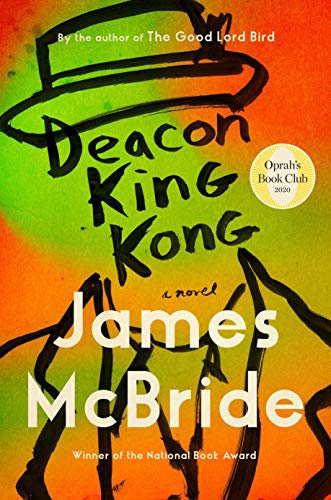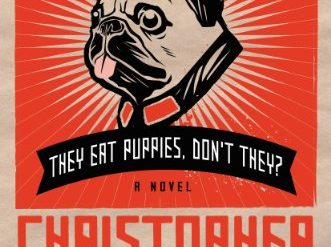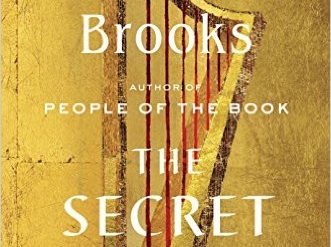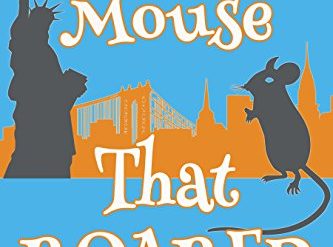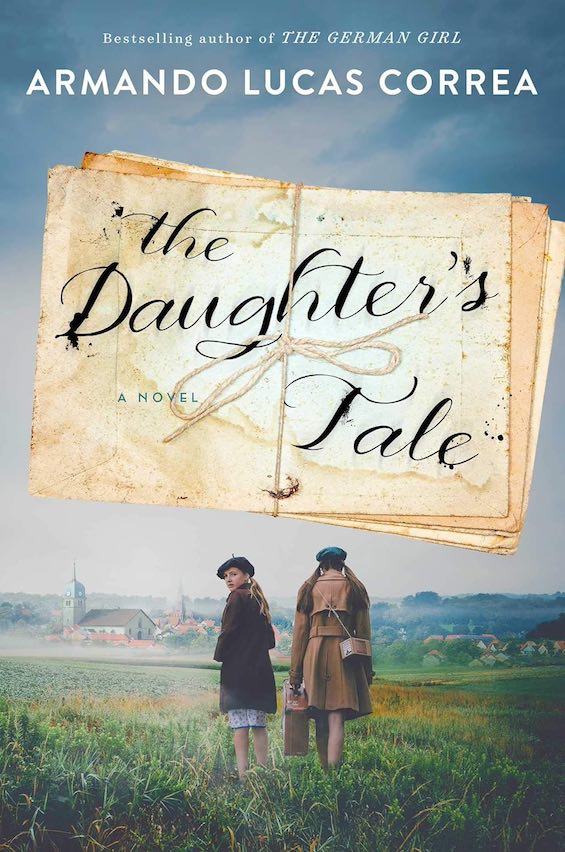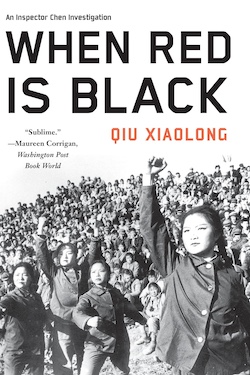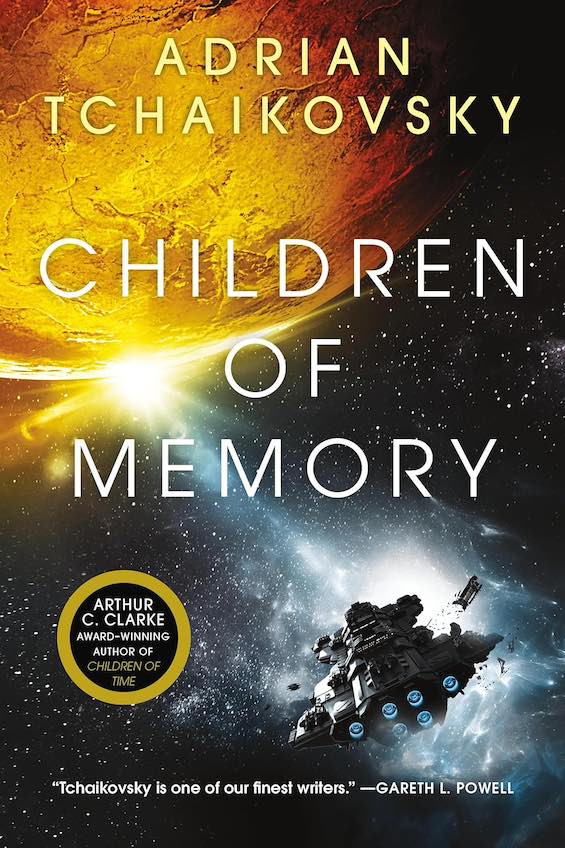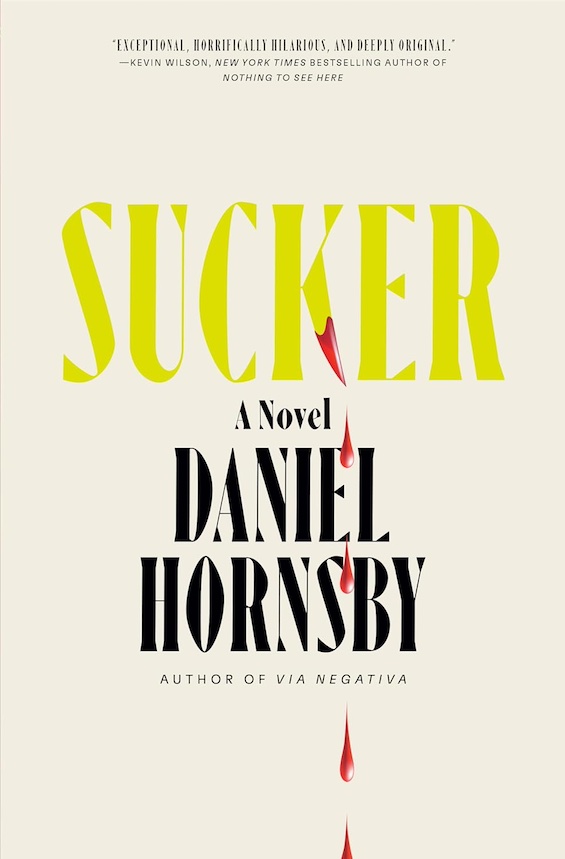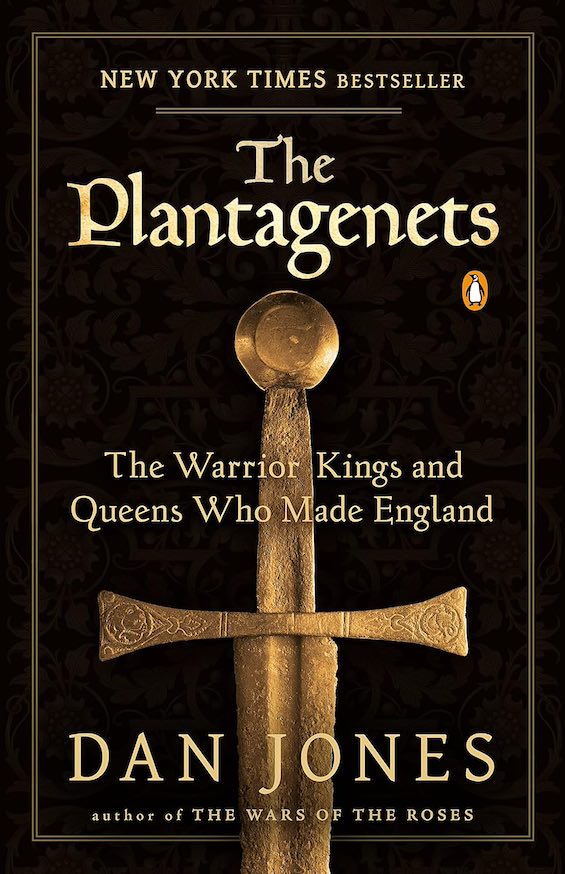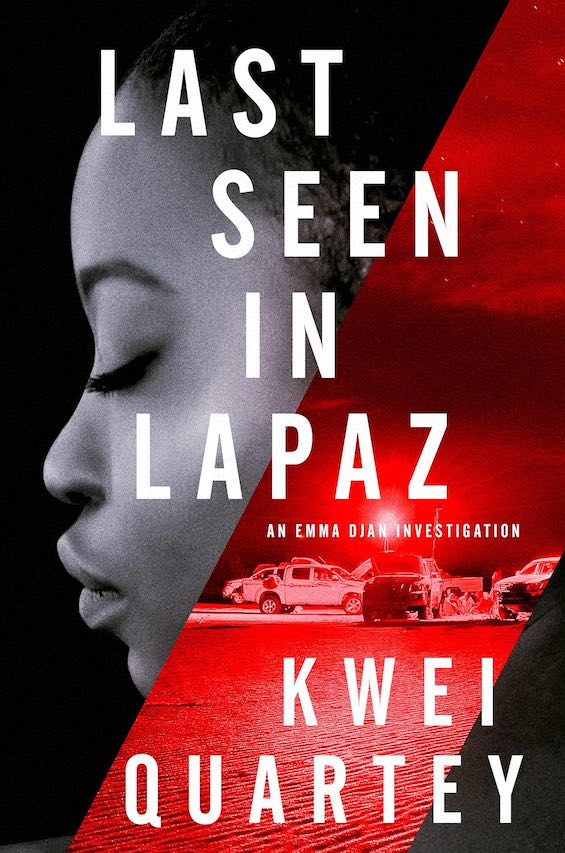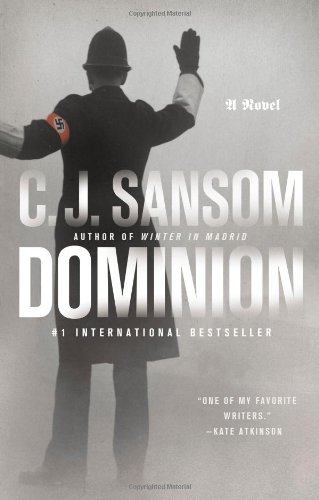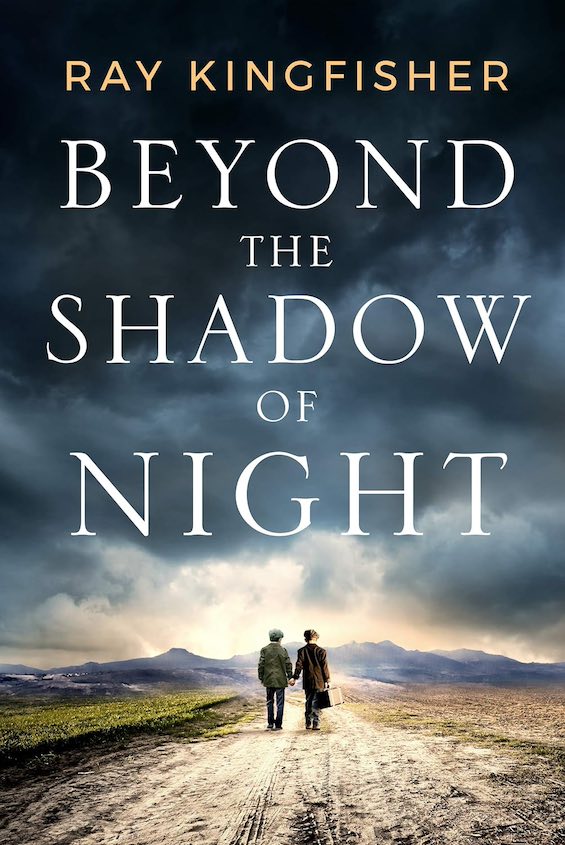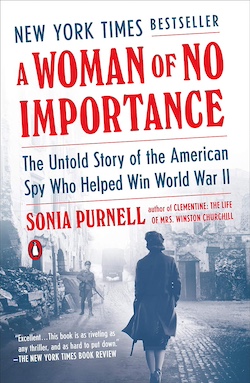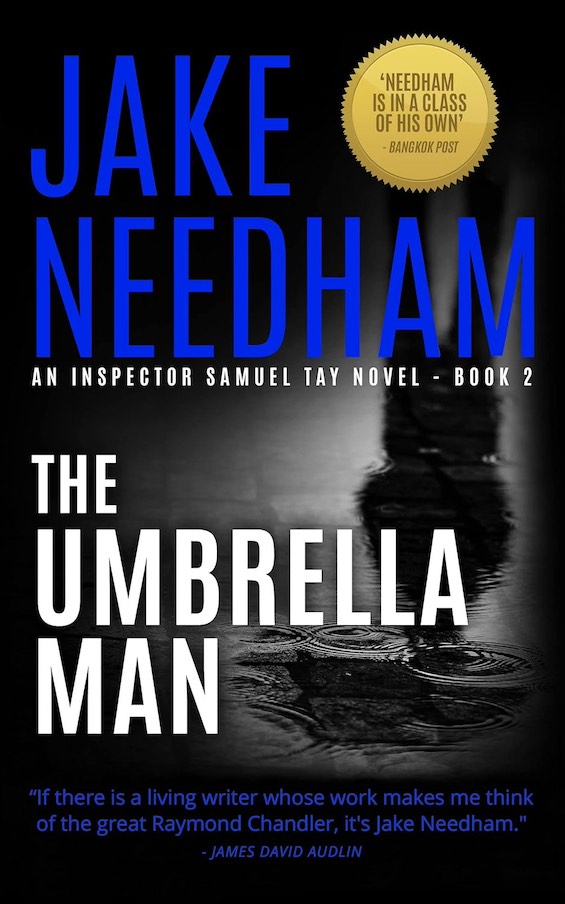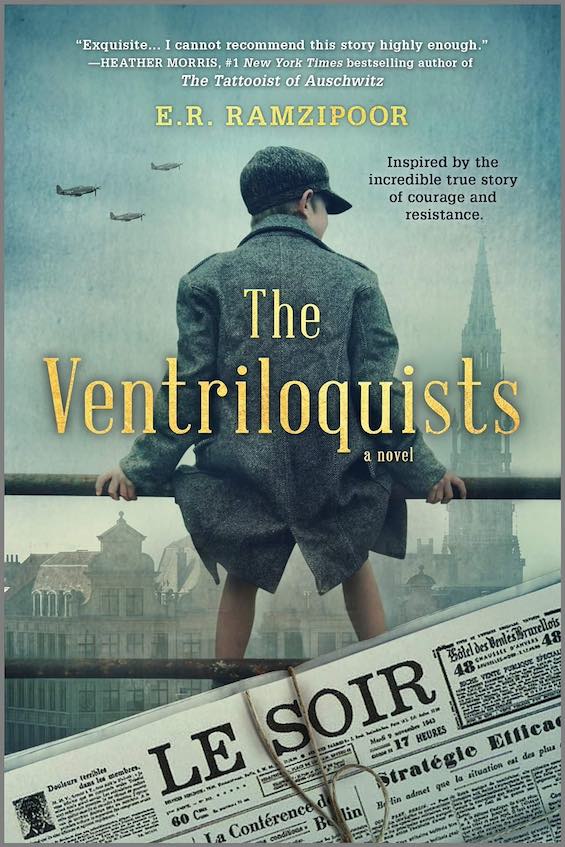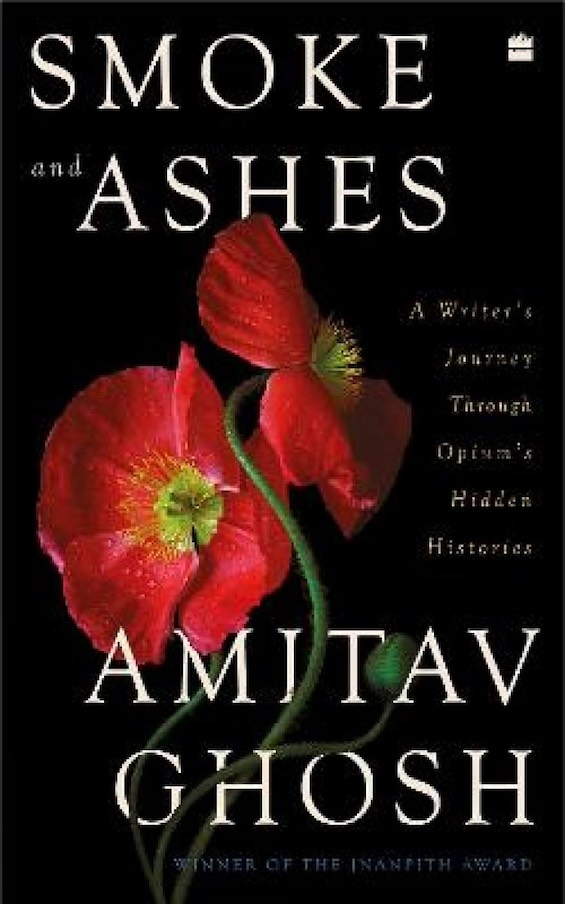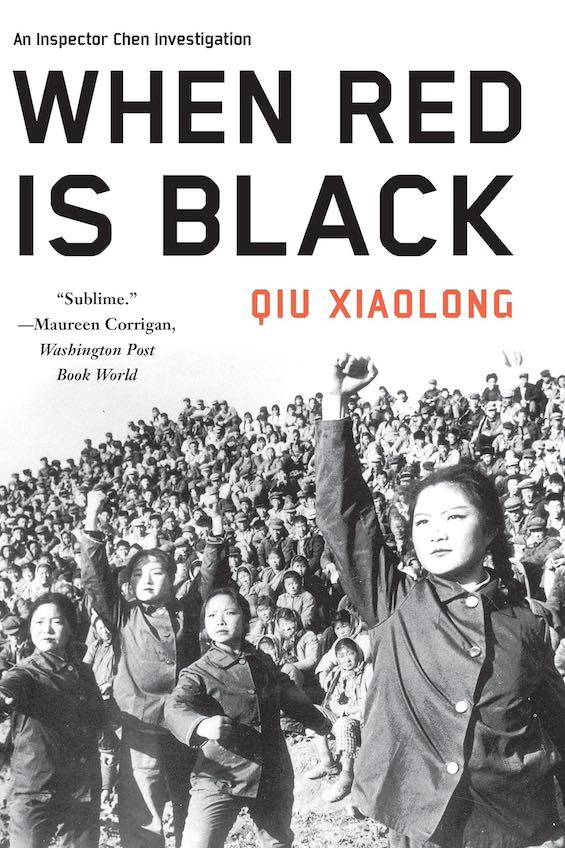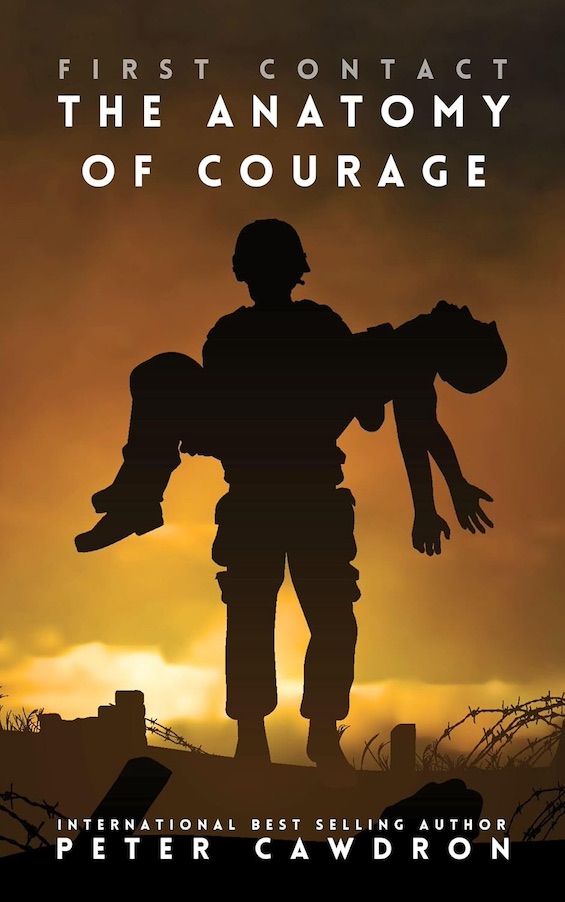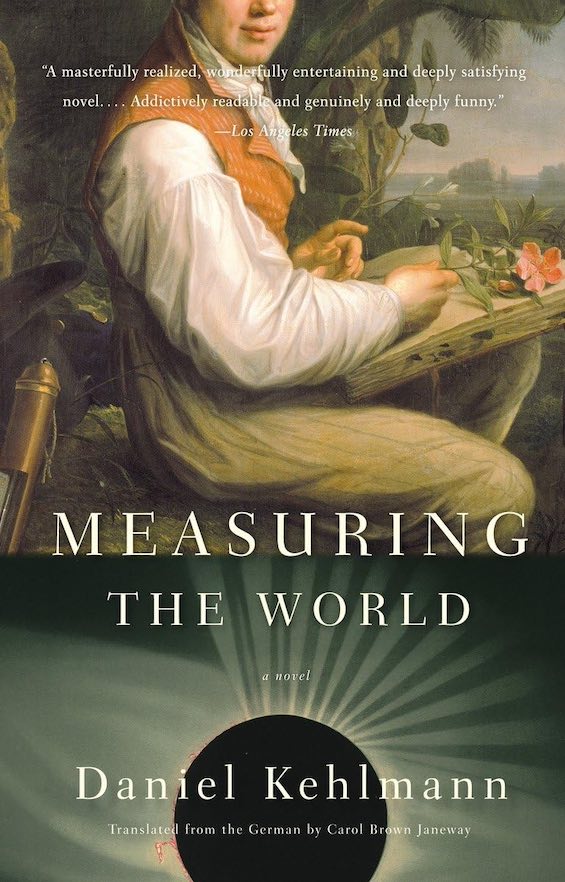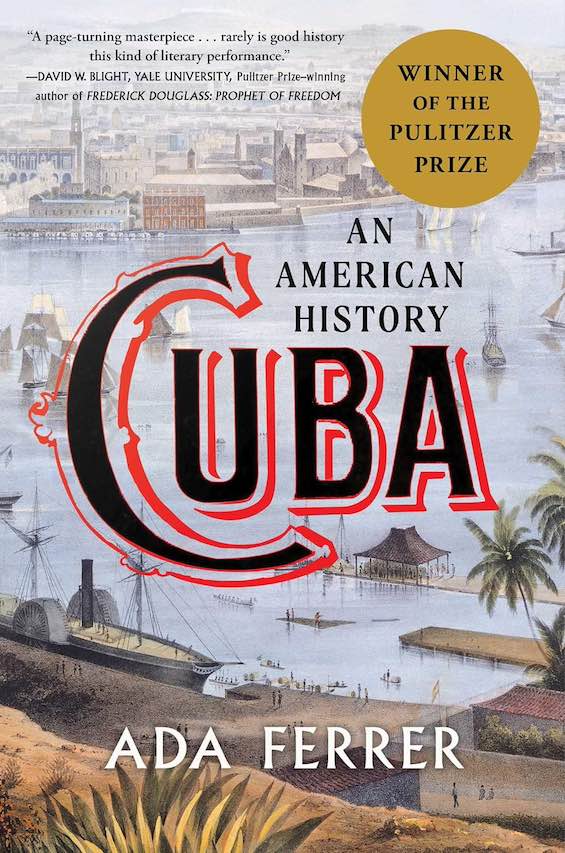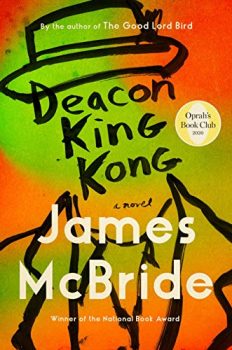
Why did Sportcoat, a deacon in the Five Ends Baptist Church, shoot Deems Clemens in broad daylight, right in front of his crew and the church ladies? Where does all that white-people’s cheese come from like clockwork every year for Hot Sausage to deal it out to all the folks of the Causeway Housing Projects? Where did Hettie hide the church’s Christmas Fund before she walked into the Atlantic two years ago? And what’s in that box the Elephant’s brother stole in Vienna in 1945? These are just a few of the mysteries that lodge in your brain as you read James McBride’s marvelous new novel, Deacon King Kong. The story brims with unforgettable characters.
Estimated reading time: 5 minutes
James McBride won the National Book Award for Fiction for his hilarious historical novel about John Brown’s raid on Harper’s Ferry, The Good Lord Bird. His talent for narrative and humor show just as clearly in his latest work.
Deacon King Kong by James McBride (2020) 383 pages ★★★★★
Hot Sausage produces the moonshine the deacon loves so much
Set in 1969, Deacon King Kong relates the saga of Cuffy Lambkin, a migrant from Possum Point, South Carolina, to South Brooklyn. He’s best known as Sportcoat, a name his mother imposed on him as a child, but some at the Cause Houses call him Deacon King Kong behind his back. Cuffy is an alcoholic—no, not just that; a drunkard—who is rarely seen without a bottle of King Kong to his lips. That’s the moonshine his best friend, Rufus, known as Hot Sausage, produces in the basement of the building where he works as the janitor.
Despite his affection for King Kong, Cuffy had been the best baseball umpire the Cause Homes had ever seen. He’s also a handyman who “could fix anything that walked or moved or grew” and a widower of two years. He’s been alone ever since his beloved Hettie gave up the ghost to the ocean without revealing where she’d hidden the box containing the Christmas Fund. But that doesn’t stop Sportcoat from talking to her on a daily basis.
A passel of unforgettable characters
The novel abounds with other unforgettable characters who live in the 256 tiny apartments of the Cause and elsewhere in the surrounding neighborhood:
- Sister Gee, the beautiful, long-suffering wife of the old preacher at the Five Ends Baptist Church
- Nineteen-year-old Deems Clemens, the brilliant drug dealer who lords it over the bench at the flagpole in the plaza every afternoon but is also a pitcher with a ninety-mile-an-hour fastball that the deacon still wants him to take to the majors
- “An elderly Irish sergeant named Kevin “Potts” Mullen, an honest cop recently returned to the precinct after being banished to Queens for the dreadful habit of actually wanting to lock up bad guys.”
- Tommy Elefante, the Elephant, “a solitary middle-aged man in the August of life looking for a few more Aprils,” is a made man in the Gorvino family who resolutely refuses to smuggle drugs through the pier he controls, just cigarettes, refrigerators, and such
Unforgettable characters elevate this novel
These are just a few of the beautifully drawn characters who people this wonderful novel. Every one of them will surprise you. You’ll marvel at how they learn to cope with life and, yes, with love, too, and you’ll laugh along the way.
Damon Runyon (1880-1946) created some of the most memorable characters in American fiction. They’re best known to us through the stage and film adaption of two of his stories as the musical Guys and Dolls. James McBride has done him one better. In fact, the work of Mark Twain may be a better analogy. Some day, this novel, with its unforgettable characters and vivid writing, may become as well known as Twain’s work.
A profoundly serious story under the surface
Yet it is no surprise that under the surface is a profoundly serious perspective on life in the crumbling housing project at the center of this story. As Deems Clemens muses:
“Nothing here would change. Life in the Cause would lurch forward as it always did. You worked, slaved, fought off the rats, the mice, the roaches, the ants, the Housing Authority, the cops, the muggers, and now the drug dealers. You lived a life of disappointment and suffering, of too-hot summers and too-cold winters, surviving in apartments with crummy stoves that didn’t work and windows that didn’t open and toilets that didn’t flush and lead paint that flecked off the walls and poisoned your children . . . And still New York blamed you for all its problems.”
And here’s how Hettie’s ghost looks on the life she and Sportcoat had lived in the Cause:
“Isn’t it something, . . . what ol’ New York really is? We come here to be free and find life’s worse here than back home. The white folks here just color it different. They don’t mind you sitting next to ’em on the subway, or riding the bus in the front seat, but if you asks for the same pay, or wants to live next door, or get so beat down you don’t wanna stand up and sing about how great America is, they’ll bust down on you so hard pus’ll come out your ears.”
For related reading
James McBride’s earlier novel, The Good Lord Bird, is one of the funniest and best-written stories I’ve read in a good long while, and it won the National Book Award, so I was hardly alone. I reviewed the book at American history, laughing all the way. I’ve also reviewed his excellent first novel, Miracle at St. Anna (Black soldiers on the front line in Tuscany in World War II), as well as his most recent: The Heaven and Earth Grocery Store (Is this the Great American novel?).
You might also be interested in:
- 20 most enlightening historical novels
- Top 10 great popular novels
- Good books about racism
- My 10 favorite funny novels
And you can always find my most popular reviews, and the most recent ones, on the Home Page.

